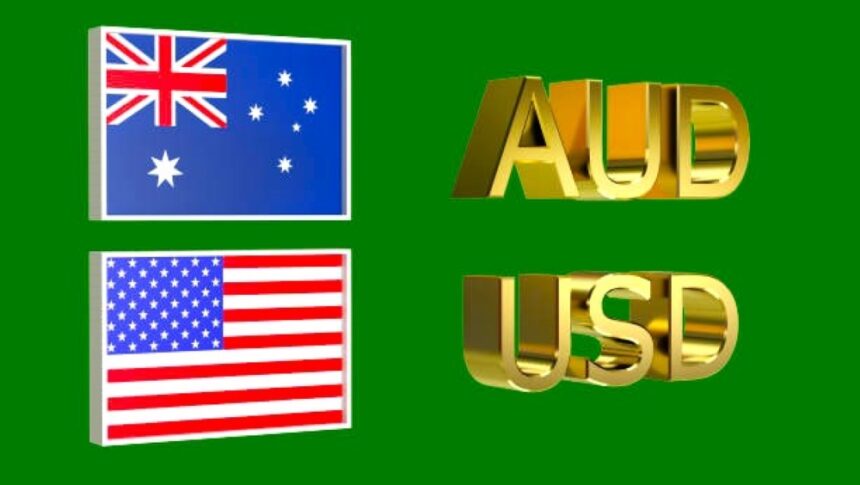Australian dollar increases as strong market sentiment supports riskier currencies.
Australian Dollar (AUD) continued to rise on Thursday. The AUDUSD pair is supported by the current favorable market sentiment following dovish remarks from Federal Reserve Chairman Jerome Powell on Wednesday.
Australian Dollar rose in response to the RBA’s hawkish outlook after the worse Australian Trade Balance and Building Permits.
The Australian Dollar gains due to hawkish sentiment surrounding the Reserve Bank of Australia’s (RBA) decision to retain higher interest rates in 2024. Domestic inflation data reported last week was higher than expected, raising the prospect of the RBA delaying interest rate decreases.
The US dollar faced a setback when Fed Chair Powell downplayed the possibility of more rate hikes.
The US Dollar Index (DXY), which measures the performance of the US Dollar (USD) versus six major currencies, is still under pressure following Federal Reserve Chairman Jerome Powell’s dovish statements after the interest rate decision on Wednesday. Powell downplayed the possibility of more rate hikes, adding to pressure on the US dollar (USD). As expected, the US Federal Reserve (Fed) agreed to keep interest rates at 5.25%-5.50% during its May meeting.
On Thursday, traders will most likely be looking for weekly initial jobless claims, nonfarm productivity, and factory orders from the United States. These releases are likely to provide additional insights into the state of US economy.
Daily Market Movers: The Australian dollar rises due to increased risk appetite.
In April, Australia’s Trade Balance (MoM) showed a surplus of $5,024 million, despite market expectations of an increase to $7,370 million from the previous year. Additionally, Australian Building Permits increased by 1.9%, falling short of the predicted 3.0% in March. The February reading was -1.9%.
The ASX 200 Index rose somewhat on Thursday, recouping some of its losses from Wednesday. This could be linked to the bullish market attitude following Fed Chair Jerome Powell’s dismissal of the possibility of more rate hikes at the Federal Open Market Committee (FOMC) conference on Wednesday.
Federal Reserve Chairman Jerome Powell emphasized that progress. Inflation has recently stopped, implying that it will take longer than previously thought before the Fed can reliably expect inflation to attain its 2% target. Powell stated that if strong hiring continued while inflation remained stable, deferring rate decreases would be justified.
According to the ADP US Employment Change report, private businesses added 192,000 people to their payrolls in April, exceeding the previous estimates of 175,000 and 208,000.
ISM US Manufacturing PMI dipped to 49.2 in April from 50.3 in March.
The ISM US Manufacturing PMI dipped to 49.2 in April from 50.3 in March, defying market expectations of a standstill. The statistics showed a decrease in the US manufacturing sector, unable to maintain the momentum seen the previous month, which represented the first expansion in 16 months.
According to the Financial Review, ANZ forecasts The Reserve Bank of Australia will begin lowering interest rates in November, prompted by last week’s inflation figures that exceeded expectations. Likewise, Commonwealth Bank, Australia’s largest mortgage lender, has altered its projection for the RBA’s first interest rate decrease, now expecting a single cut in November.
According to the CME FedWatch Tool, the likelihood of the Federal Reserve maintaining interest rates at their current level for the June meeting has grown to 91.0%, up from 83.5% a week earlier.









